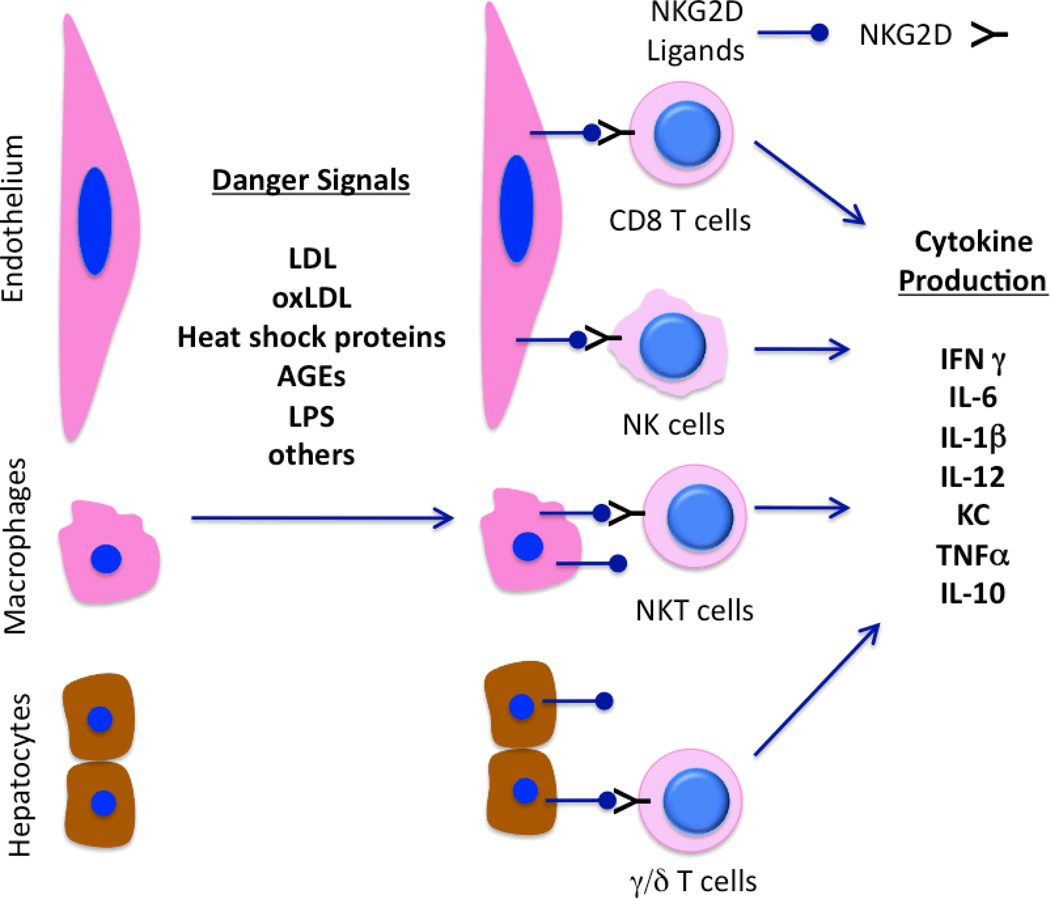Figure 1. Schematic of NKG2D and ligands in promoting inflammation.
Danger signals such as lipids (LDL, oxLDL), heat shock proteins (HSPs), advanced glycosylation end products (AGEs) and components of infections agents such as lipopolysaccharide (LPS) can upregulate specific ligands of NKG2D on endothelial cells, macrophages and/or hepatocytes. This, in turns, leads to activation of subsets of T cells NKT cells (in concert with TCR and MHC I/II or CD1d, respectively) and NK cells with subsequent production of immuno-modulatory cytokines. It is also possible that cytokines such as IL-1β and IL-6 can be produced by endothelial cells, macrophages and/or hepatocytes in direct response to danger signals, or via interaction with activated lymphocytes.

